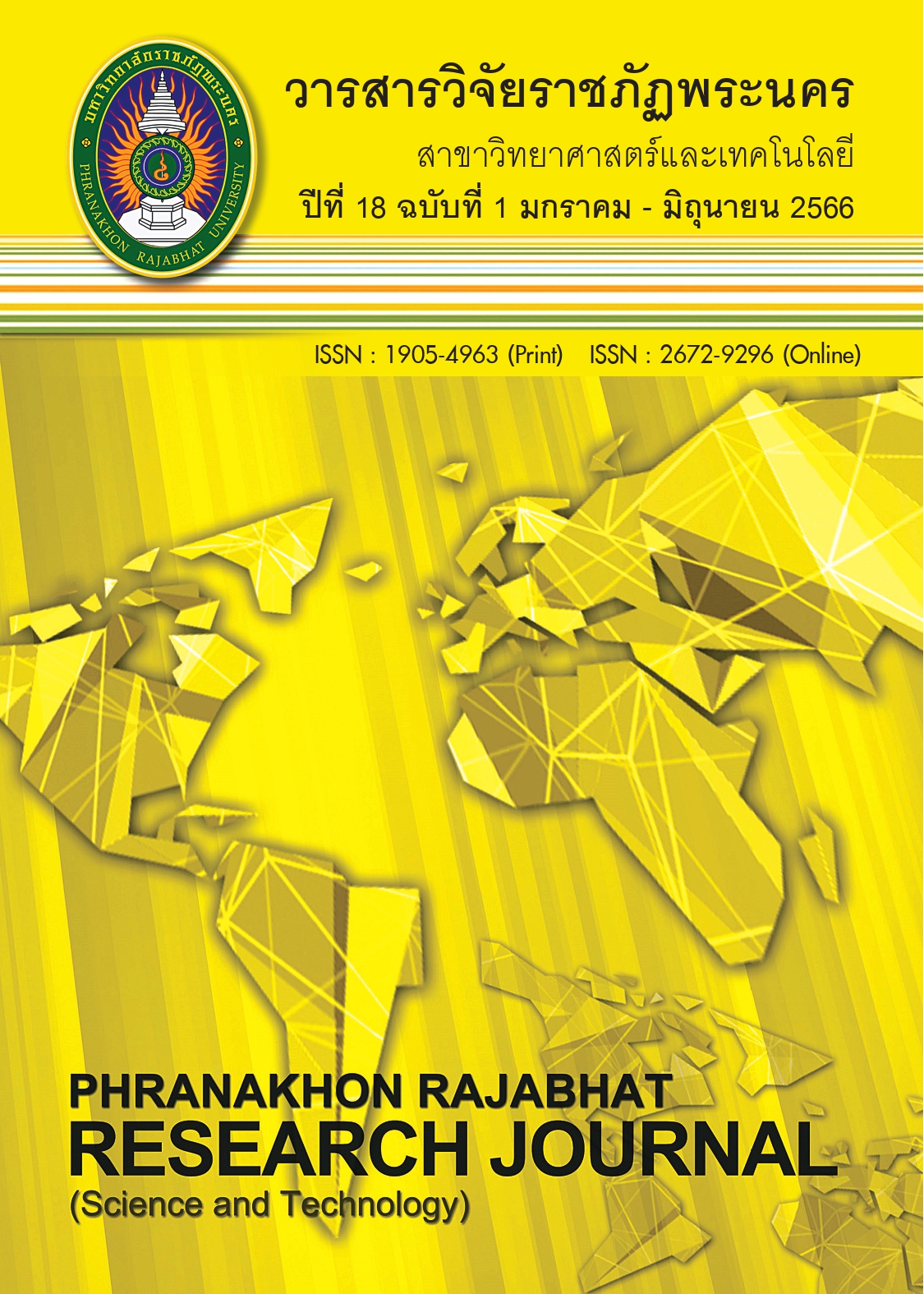A COMPARATIVE STUDY ON THE EFFECT OF FLOW AND MILK VOLUME IN POSTPARTUM MOTHERS WHO RECEIVE A MASSAGE AND COMPRESS WITH A HERBAL COMPRESS AND A POSTPARTUM MOTHER WHO TAKES A HERBAL MEDICINE TO STIMULATE MILK FORMULA OF SINGHANAKHON HOSPITAL, SUPPLEMENTED BY A MASSAGE AND COMPRESS WITH A HERBAL COMPRESS, IN SINGHANAKORN HOSPITAL, SINGHANAKORN DISTRICTS, SONGKHLA
Keywords:
Boosting breast-feeding, Herbal medicine, Herbal compresses, Postpartum mothers, Milk flow and volume, Massage, multiparous, mother’s parityAbstract
This research was a quasi-experimental research with the following objectives 1)compare the level of milk flow and volume in postpartum mothers who were stimulated by massage and a herbal compress, 2) compare the level of milk volume in postpartum mothers who received massage and herbal compress in conjunction with taking milk-stimulating herbal medicines formulated by SinghaNakhon Hospital, Songkhla Province, and 3) to study the relationship between latent factors and the level of milk flow and volume in postpartum mothers. The experimental group was defined as a group of 20 postpartum mothers who massaged and compressed with herbal compresses together with taking boosting breast-feeding herbal medicine. The control group consisted of 20 postpartum mothers receiving massage and compression with herbal compression. The results showed that there was a significant difference before and after the trial (P<0.05) in the milk flow and volume for both the experimental and control groups. When milk flow and volume were assessed, there was no significant between two groups. There is evidence that the mother’s parity effects milk flow (r = 0.354) and volume (r = 0.544) with incresing flow and volume in multiparous women. It was concluded that both methods were effective in increasing the milk flow and volume in the postpartum mothers.
References
Chutrakul, P. (2018). The Department of Health aims to increase breastfeeding by 50%. Retrieved from https://www.thaihealth.or.th/Content/43851- Department of Health aims to increase breastfeeding 50.html [2021, 20 Apr.]
Foundation of the Breastfeeding Center of Thailand. (2017). Mother's milk for sure. Bangkok: Aiyara.
Lertsakornsiri, M. (2018). Empowerment of Postpartum Adolescent Mothers in Breastfeeding. Journal of Health and Health Management, 4(1-2), 8-16. (In Thai)
Masae, M. (2018). Effect of Self-Breast Massage Program on Milk Ejection of First-Time Mothers. (Master's thesis). Songkla University, Songkla.
Noomak, P., Kala, S., & Kritcharoen, S. (2021). Effects of Foot Reflexology on Onset of Lactation and Milk Volume in Postpartum Mothers with Newborns Hospitalized in a Neonatal Intensive Care Unit. Journal of Nursing and Education, 14(4), 14-32.
Payakkaraung, S., Sangperm, P., & Samart, C. (2016). Breastfeeding Problem in Early Postpartum Period: Mother’s Experiences. Journal of Nursing Science, 34(3), 30-40.
Srifa, U. (2020). The Effect of Breast Milk Quantity, Andthe Successfulness of Breastfeeding In Koh Samui Hospital. Journal of MCU Nakhondhat, 7(11), 94-103.
Techamuanwaiwit, S., Keereewichian, P., & Suvithayasiri, K. (2021). Promotion of Breastfeeding after Cesarean Section: Literature Review. Journal of Health and Nursing Research, 37(3), 23-35.
Thongsawang, N. (2020). Strategies for increasing breast milk supply of premature infant mothers with a 10-step ladder. Retrieved from https://shorturl.asia/L48s0 [2021, 20 Apr.]
Trainapakul, C., Chaiyawattana, M., Kanavitoon, W., Teumtaokerd, R., Naka, S., Mitrniyodom, W., & Panlap, S. (2010). Effect of milk ejection performance of postpartum mothers afterbreasts massage and compression with mini hot bagand herbal compress. Journal of Nursing and Education, 3(3), 75-91. (In Thai)
Wichitsukon, K. (Ed.). (2014). Breastfeeding. (5th ed.). Bangkok: Pre-One.
Downloads
Published
Issue
Section
License

This work is licensed under a Creative Commons Attribution-NonCommercial-NoDerivatives 4.0 International License.
โปรดกรอกเอกสารและลงนาม "หนังสือรับรองให้ตีพิมพ์บทความในวารสารวิจัยมหาวิทยาลัยราชภัฏพระนคร สาขาวิทยาศาสตร์และเทคโนโลยี" ก่อนการตีพิมพ์




